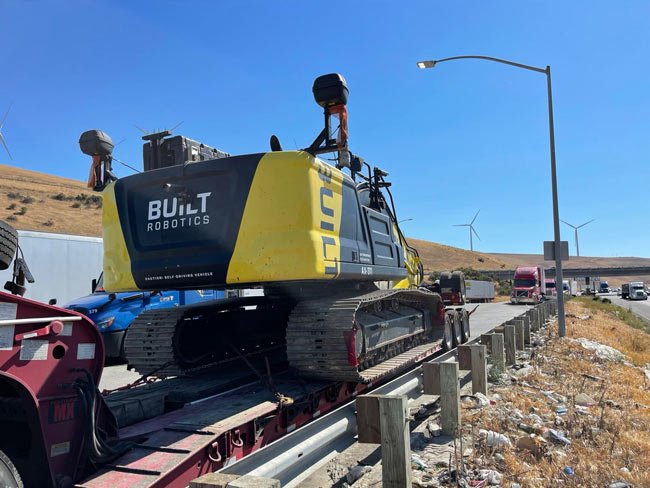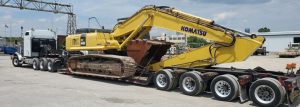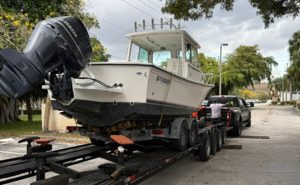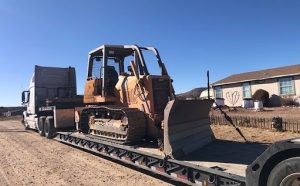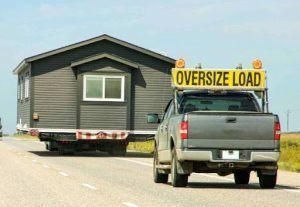[templatera id=”65638″]
Heavy Equipment Transport from Texas to North Carolina
 Book online
Book online
 Pickup
Pickup
 Shipping
Shipping
 Delivery
Delivery
Heavy Haulers from Texas to North Carolina
5 Star Heavy Equipment Transport Company from Texas to North Carolina for quality hauling. We provide stress-free machinery hauling from/to Texas to North Carolina and on-time delivery for local and long distance.
About We Will Transport It
Whether you’re moving large or oversized equipment or machinery from Texas to North Carolina, We Will Transport It is here to help. Shipping heavy equipment of all types and sizes from Texas to North Carolina and back is our specialty, but we also ship internationally and in all 50 states. If you need to move your tractor, crane, forklift or cargo container, we are ready to help. It doesn’t matter how heavy the load is or how far the distance is, we can handle it. At reasonable and honest prices, we provide reliable, professional service.
The Route between Texas and North Carolina
The route from Texas to North Carolina runs west to east via I-20 East. From Texas, your equipment will go through Louisiana, then Mississippi, Alabama, Georgia, South Carolina, and then into North Carolina. The distance from the center of Texas to the center of North Carolina is 1,287 miles. The trip will take roughly 2 days. The price of transport will be determined based on two factors, the number of miles from the pickup to drop off locations and the size and weight of the equipment.
Below are some examples of prices to ship Heavy Equipment from Texas to North Carolina:
| From To | Shipping Quote | Miles |
|---|---|---|
| Amarillo Texas, 79101-Asheville North Carolina, 28801 | $2,600 | 1,230 miles |
| Austin Texas, 78745-Charlotte North Carolina, 28269 | $2,450 | 1,188 miles |
| Corpus Christi, 78412-Greensboro North Carolina, 27407 | $2,800 | 1,350 miles |
| Dallas Texas, 75201-Winston Salem North Carolina, 27101 | $2,300 | 1,116 miles |
| Houston Texas, 77079-Raleigh North Carolina, 27606 | $2,575 | 1,214 miles |
* Prices shown above are from previous jobs we completed in 2023; they fluctuate depending on diesel and the time of the year.
The most popular trailers we use:
- Flatbed
- Two 24 or 28 flatebed
- Car carrier
- Beam Trailer
- Boat hauling Trailer
- Conestoga
- Container Trailer
- Driveaway
- Double drop
- Double Drop extended
- Dump Trucks
- Flatbed “Air Ride”
- FEXT ” Stretch Trailers or Extendable Flatbeds or Extendable Flatbeds
- FO- Flatbed over-Dimension Loads
- FRV- Flatbed, Van or Reefer
- FSDV- Flatbed, Step Deck or Van
- HS- Hotshot Trailer
- HTU- Haul and Tow Unit
- LAF- Landoll Flatbed
- LB- Lowboy
- LBO- Lowboy over dimension Loads
- MBHM- Mobile homes
- PO- Power Only
- RGN- Removable Gooseneck & Multi Axle Heavy Haulers
- Roll- Roll Top Conestoga
- SD- Stepdeck
- SDE – Stepdeck Extendable
- SDO- Step deck over Dimensions loads
- SPV- Cargo, small, sprinter Van
- VIVR- Venter insulated van or Refrigerated
- VLG- Van with Liftgate
- VRDD- Van, Reefer or Double drop
FAQs
In 2023, what are the oversize load limits in Texas?
Texas’s oversize load limits. There are maximum load limits in Texas until a trucking permit is required. The length limit is 65 feet. The width of the room is 8’6 feet. There is a 14-foot height difference. This vehicle weighs 80,000 pounds with a GVW of 120,000 pounds.
Is there an overlength law in Texas?
621.206 of the Texas Transportation Code. Loads cannot extend more than three feet beyond the front or four feet beyond the rear of a vehicle or combination of vehicles, except as otherwise permitted by law.
Which permits will be issued for oversize transports in Texas in 2023?
According to Texas law, a load cannot exceed the following dimensions without a permit:
-
-
- There is a maximum height of 18 feet with a permit.
- There is a maximum width of 20 feet with a permit.
- There is a maximum rear overhang of 30 feet and a maximum front overhang of 25 feet with a permit.
- There is a maximum length of 180 feet with a permit.
-
Suggested links
- Car Transport Texas
- North Carolina Heavy Equipment Transport Company
- RV Transport North Carolina
- Moving Containers Company in North Carolina
- Heavy Equipment Transport from California to Texas
- Heavy Equipment Transport from North Carolina to Alabama
- Boat Transport North Carolina
Heavy Haul job completed by We Will Transport it
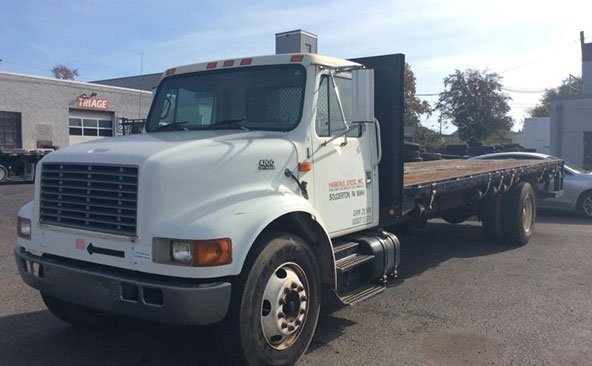
2022 Fendt 700 Vario Gen6 hauling from the Port of Texas to the customers farm in North Carolina. After three days of calling carriers, we located a lowboy that had a twenty foot container going in the same direction. This saved the customer four hundred dollars. In logistics, you always want to give a broker time to find another carrier to find a partial load going with your equipment or machinery.
